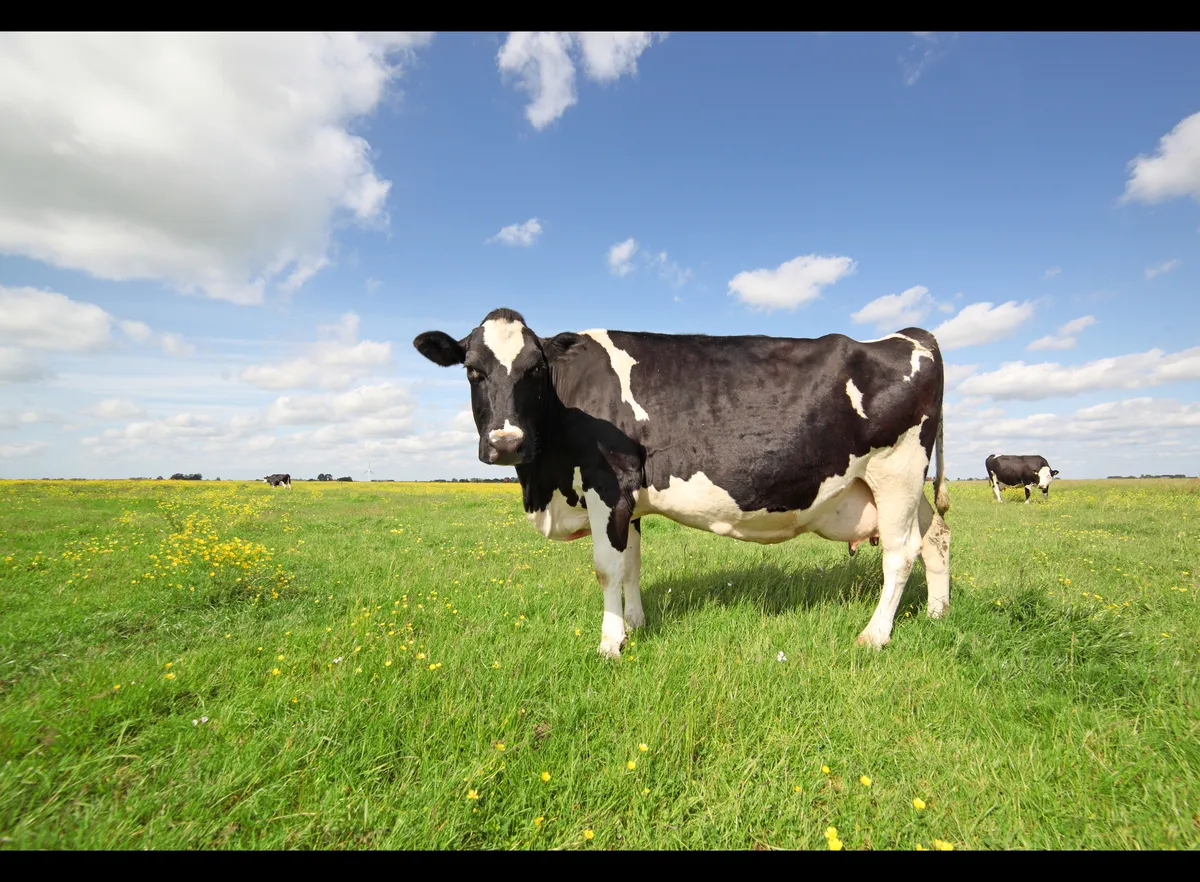Calcium supplementation is routine in dairy farming, especially during calving and early lactation. But is calcium alone enough to sustain high milk yields, maintain skeletal integrity and support reproductive performance? The answer is increasingly clear: no.
The modern dairy cow is a high-performance biological system. Her calcium demand is not only high but also finely regulated, interconnected with vitamin D metabolism, trace minerals and lactogenic hormones. In this context, using only calcium salts can be short-sighted and sometimes even counterproductive.
This is where advanced formulations like Chelated CALCICRIL stand out. By combining micronized calcium with phosphorus, chelated trace minerals, vitamins D3 and B12 and galactagogue herbs, it supports milk let-down, bone strength, reproductive efficiency and metabolic recovery in dairy animals.
The Role of Calcium in Dairy Animals
Calcium is essential for:
- Milk Production
- Smooth muscle contraction during parturition and uterine involution
- Bone strenth
Why Calcium Alone Is Not Enough
Calcium Needs Co-Factors to Work
Calcium metabolism is tightly regulated by:
- Phosphorus: Works with calcium for bone mineralization; deficiency can impair calcium deposition
- Magnesium: Facilitates the release of parathyroid hormone (PTH), which controls calcium mobilization from bones
- Vitamin D3 (Cholecalciferol): Converts to calcitriol to enhance calcium absorption in the gut
- Trace minerals like zinc, copper and manganese: Support bone enzyme systems and antioxidant defenses
Importance of Galactagogues in Lactation Support
While calcium supports milk production at a biochemical level, galactagogue herbs physiologically stimulate milk let-down and enhance lactation by influencing hormonal, circulatory and reproductive functions.
Here’s how individual herbs contribute:
- Jivanti (Leptadenia reticulata):
Enhances oxytocin release, aiding in effective milk let-down and postpartum uterine contraction - Shatavari (Asparagus racemosus):
Stimulates prolactin secretion, thereby promoting sustained milk synthesis during lactation - Fenugreek (Trigonella foenum-graecum):
Increases mammary gland blood flow, ensuring better nutrient and hormone delivery to support milk output - Ginger (Zingiber officinale):
Acts as a natural adaptogen, helping reduce post-calving stress, which can otherwise inhibit milk production
Chelated CALCICRIL: A Holistic Approach to Dairy Mineralization
Chelated CALCICRIL is a liquid calcium-phosphorus supplement fortified with:
- Micronized calcium and phosphorus
- Chelated trace minerals (zinc, copper, manganese)
- Vitamin D3 and Vitamin B12
- Galactagogue herbs (Jivanti, Shatavari, fenugreek and Ginger)
This synergy ensures not only better calcium absorption and bone strengthening, but also:
- Better milk let-down
- Faster uterine recovery
- Enhanced immune status
- Improved appetite and metabolic health
- During peak lactation for sustained calcium-phosphorus balance
- As a supportive during uterine tonics or reproductive therapies
- During skeletal disorders or poor milk let-down conditions
- In repeat breeding or low-yield animals with stress or mineral imbalance
Conclusion
While calcium is a cornerstone of dairy nutrition, it is not effective in isolation. Its absorption, utilization and functional impact depend on a matrix of supportive nutrients.
Chelated CALCICRIL provides this comprehensive solution. By combining minerals and lactogenic herbs, it promotes milk productivity, bone health and postpartum recovery in a single, holistic formulation.
For veterinarians and dairy farmers aiming to reduce hypocalcemia, improve milk let-down, and enhance overall animal performance, Chelated CALCICRIL is more than a supplement. It’s a complete calcium management system.
References
- Reinhardt, T. A., et al. (2011). Prevalence of subclinical hypocalcemia in dairy herds. Journal of Dairy Science, 94(4), 2080–2085.
- Sharma, S., et al. (1996). Galactagogue activity of Asparagus racemosus in lactating rats. Indian Journal of Pharmacology, 28(2), 113–115.
- Kellogg, D. W., et al. (2004). Chelated mineral supplementation improves reproductive performance. Journal of Animal Science, 82, 53–58.
- Goff, J. P., & Horst, R. L. (2003). Oral administration of calcium salts for treatment of hypocalcemia. Veterinary Clinics: Food Animal Practice, 19(2), 395–408.
- NRC. (2001). Nutrient Requirements of Dairy Cattle, 7th ed. National Academy Press.
- Panda, S., & Kar, A. (2000). Antioxidant and galactagogue activity of Trigonella foenum-graecum seeds. Phytotherapy Research, 14(5), 408–411.
Disclaimer: This blog is intended for educational purposes. Consult a qualified veterinarian for diagnosis and treatment protocols.
